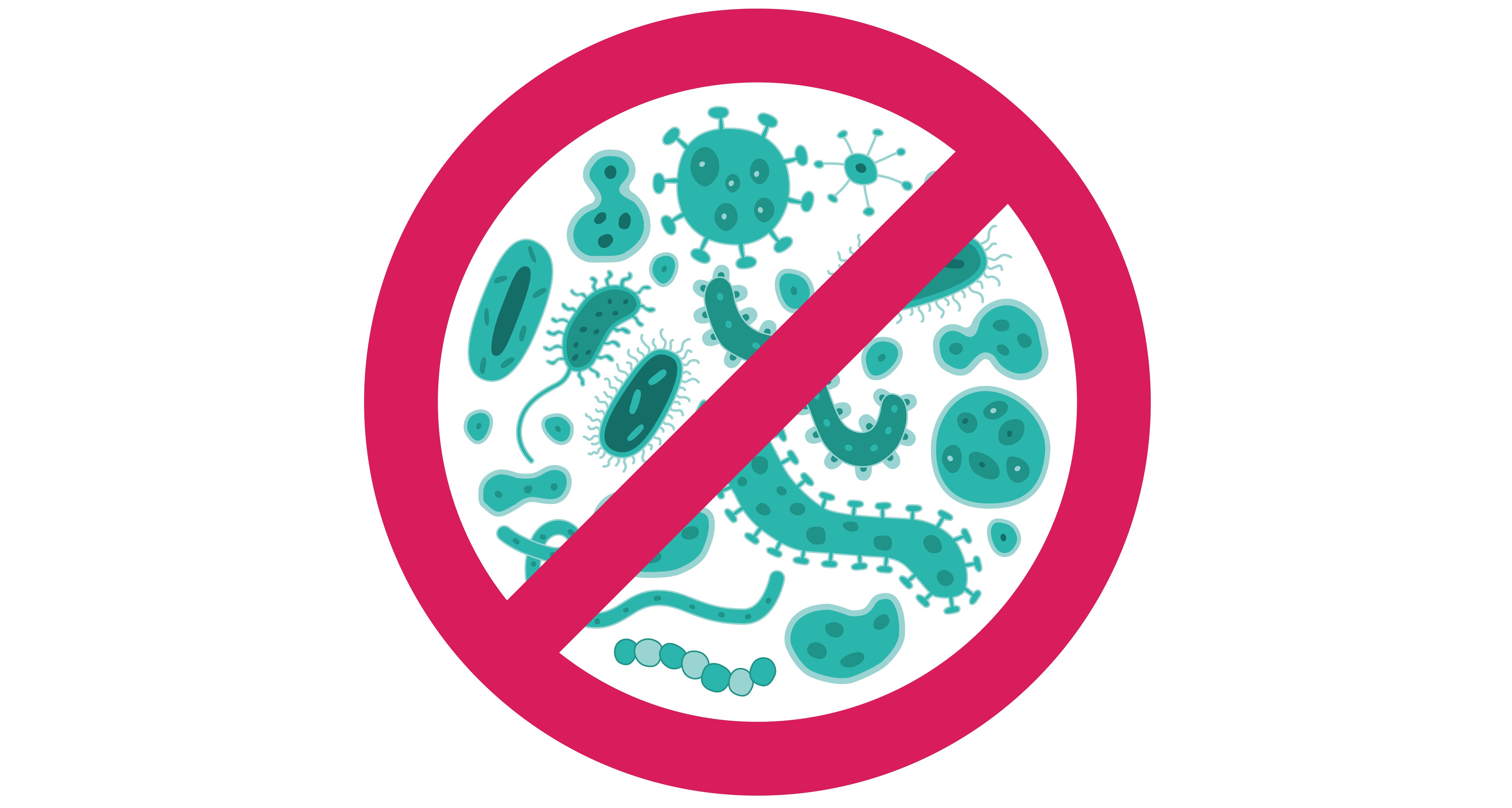Reducing indoor air pollution for more hygienic schools

While many people are aware that outdoor air pollution can impact their health, few consider the health effects of indoor air pollution. Therefore, when choosing a flooring solution, schools need to be aware of how different materials will impact on indoor air quality and the health of those who work and study there.
Impact on health
There are a number of health problems that can be linked to poor indoor air quality including:
- Headache
- Fatigue
- Shortness of breath
- Sinus congestion
- Coughing
- Sneezing
- Dizziness
- Nausea
- Irritation of the eye, nose, throat and skin
These can lead to reduced student attendance, comfort and performance; reduced staff performance; and liability issues.
The main problems that are associated with the choice of flooring are:
- Allergens – substances and organisms that can trigger allergies and asthma
- Irritants – substances that can trigger asthma and other respiratory problems
- Toxic chemicals – adhesives and other maintenance compounds
Air quality can also be affected by emission produced from the flooring itself as well as any adhesives, coatings and maintenance materials used.
These emissions are called volatile organic compounds (VOC) and at high levels they can cause numerous health effects such as triggering asthma attacks, leading to the development of asthma, minor irritation, and can even cause cancer.
Therefore, when choosing a flooring solution schools should be aware of the VOC levels of the product.
Traditional flooring options
Carpet and vinyl are amongst the most commonly used flooring solutions for schools. However, there are health risks associated with these products.
Carpet needs to be meticulously maintained at all times as its rough surface can hold moisture and support the growth of mold and mildew. It also collects other pollutants such as dusts, pesticides and dirt. These can be released in the air and trigger respiratory illnesses.
Vinyl can also be problematic. While it is durable and resilient to most oils and chemicals, it is often only a few micrometres thick, making it prone to wear.
It has been found that germs colonise in these worn out patches as well as settling within the seams between each of the vinyl sheets.
It is also prone to water ingress allowing the growth of mold and mildew which are associated with asthma and other serious respiratory illnesses.
A seamless alternative
According to Chris Bauer, head of flooring at Hychem, for flooring solutions where hygiene and sanitation are important, seamless, resilient flooring alternatives such as Hychem’s Viasol Elastic SKY is a smart option.
“Viasol Elastic SKY is the perfect way to seal flooring in schools as it has excellent mechanical and chemical resistance which is perfect for areas where hygiene is an important consideration,” Mr Bauer said.
“This range has a number of hygienic properties including being pore free and impervious to liquids.
“It is trowel applied which means it is seamless removing the potential buildup of bacteria. This makes it easy to clean, and resistant to peeling or damage beneath the surface.”
Mr Bauer said Viasol Elastic SKY also has excellent abrasion and chemical resistance.
“Due to it’s chemical resistance Viasol Elastic SKY is resistant to rising damp which prevents the growth of mold and mildew.
“Furthermore, it has low VOC levels making it safe to use in schools.”
For more information on Viasol Elastic SKY visit www.hychem.com.au or call (02) 4646 1660.
